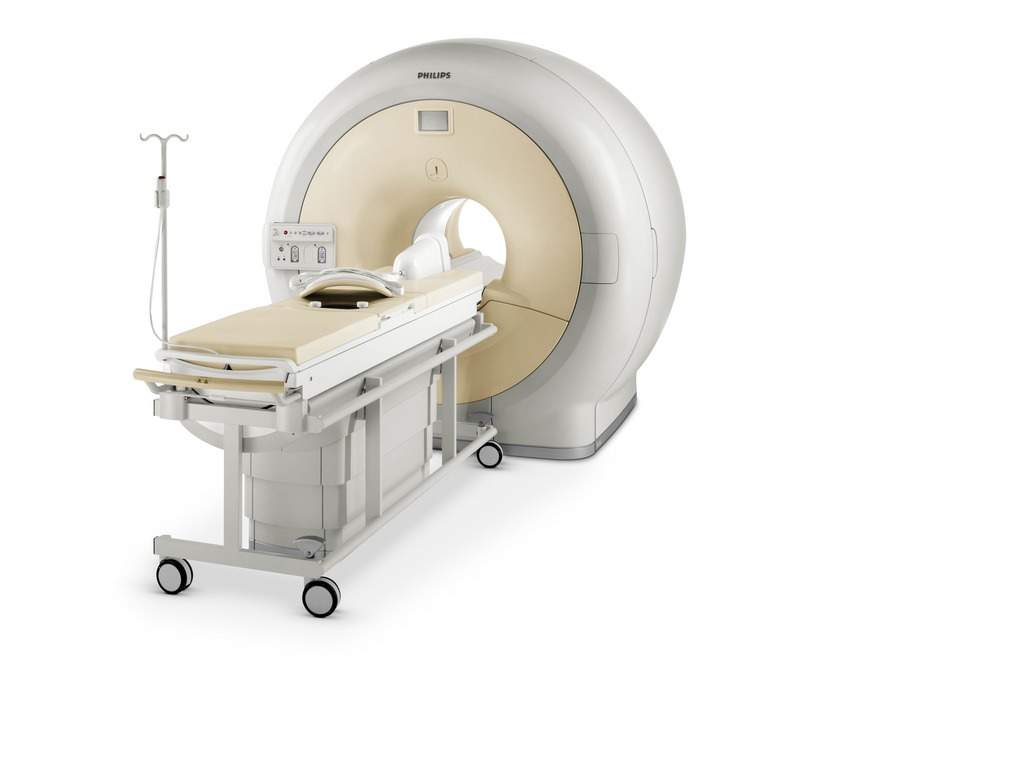
Under the collaboration, Phillips and MIM Software will integrate their radiation oncology solutions to allow clinicians benefit from a streamlined approach to treatment planning across the two companies’ portfolios.
Recently, Philips had unveiled its new radiation oncology portfolio including its Big Bore RT and Ingenia Ambition/Elition MR-RT imaging systems and Pinnacle Evolution treatment planning software.
The new portfolio is claimed to be a step forward in supporting improved care, accelerated time to treatment and enhanced patient satisfaction.
MIM Software’s radiation oncology package, MIM Maestro, offers a set of oncology solutions for automated clinical workflow including image registration, auto-contouring and dose evaluation.
Philips stated that its partnerships across imaging, planning and treatment can offer increased precision and clinical confidence to help clinicians to deliver the best possible care.
Last year, the company collaborated with Sun Nuclear to integrate its suite of PlanIQ software into its Pinnacle treatment planning platform.
Later that year, at the American Society for Radiation Oncology’s 60th Annual Meeting and Exhibition, Philips signed an agreement with Lifeline Software to use its fully automated independent dose verification technology.
The latest partnership with MIM Software is expected to further strengthen its ability to provide a comprehensive portfolio of radiation treatment planning solutions.
Earlier this year, the company launched Azurion with FlexArm, which it claims to launch a new standard for patient imaging and positioning flexibility for image-guided procedures.
Azurion with FlexArm support clinicians to perform imaging across the whole body of the patient in both 2D and 3D. As the clinician moves the system, the image beam will automatically maintain its alignment with the patient, allowing for consistent visualization.
Azurion with FlexArm has been designed to provide better flexibility and control. The system has eight different axes, which are controlled with its single ‘Axsys’ controller.
Simulation tests have shown that the system can significantly reduce the repositioning of the patient, staff saving significant time and can also reduce the risk of unintentional pulling of wires and tubes.






